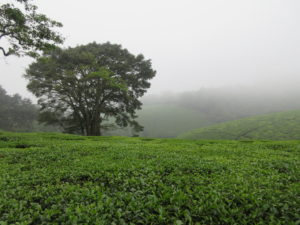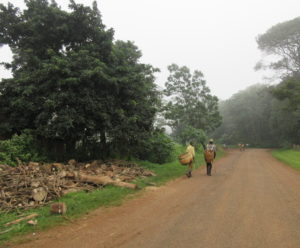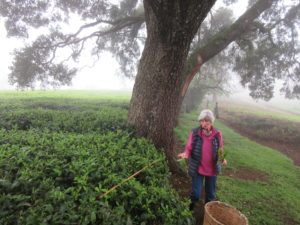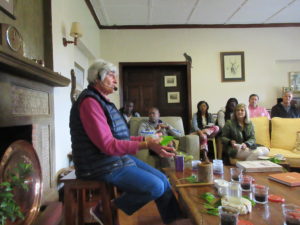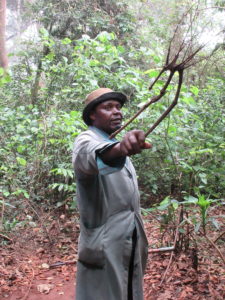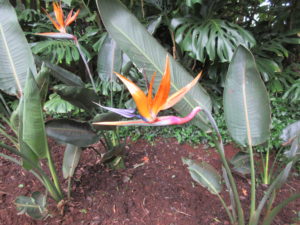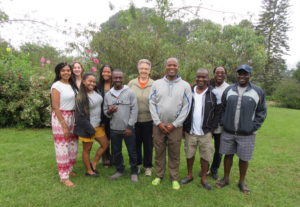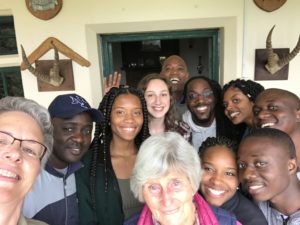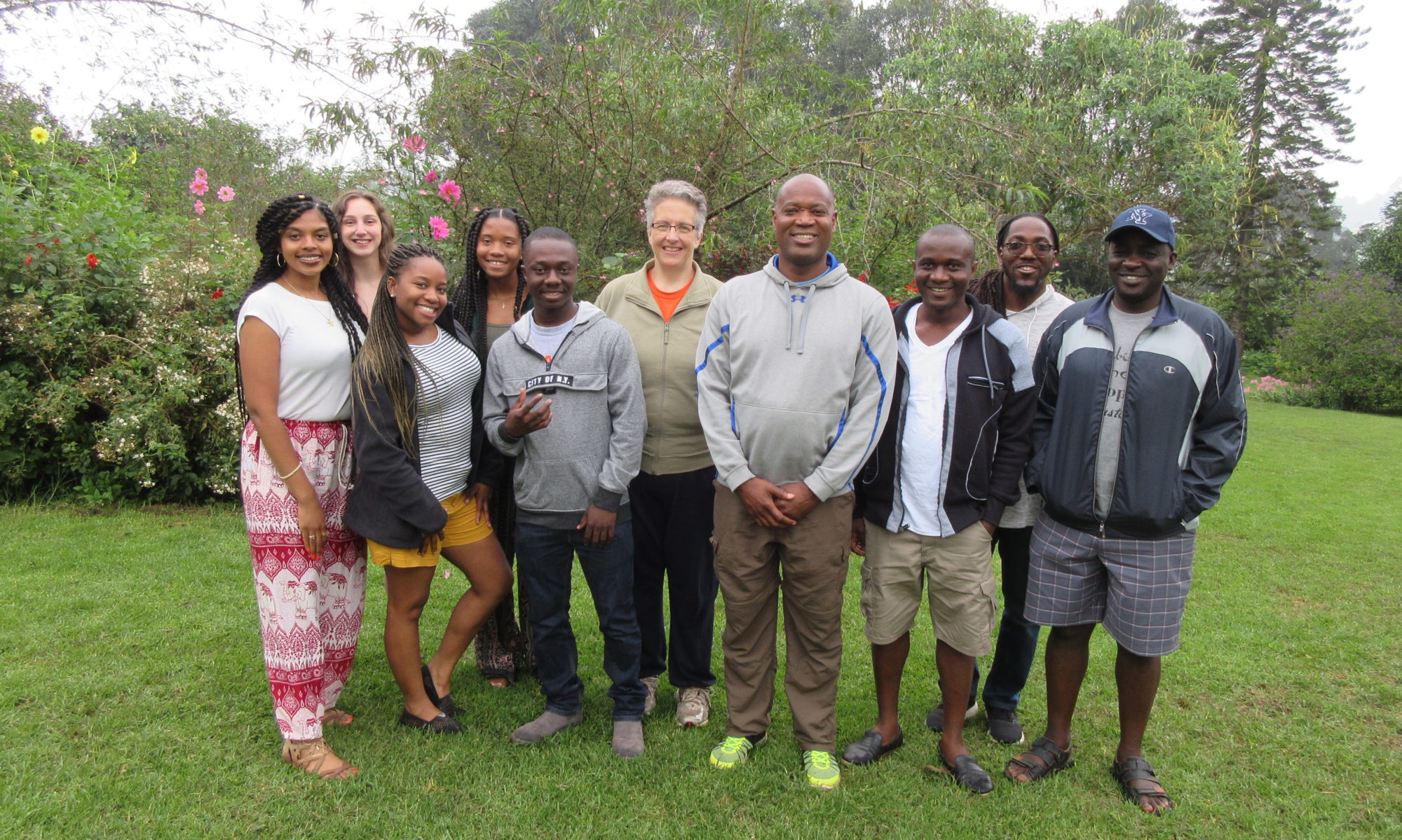Today’s blog is written by one of the students in the study abroad course.
Name: Gabriel Oduro-Boamah

Hometown: Effiduasi, Ghana in the Sekyere East District of the Ashanti Region in Ghana
Program of Study: Finishing first year of the MS in Teaching and Curriculum with emphasis in Mathematics Education
I am participating in the Kenya study abroad experience because I enjoy traveling as it allows me to learn about new cultures, appreciate new things around the world, understand people, and relish diversity. Growing up in Ghana, I traveled to a number of other countries in West Africa (e.g., Nigeria, Benin, Togo). I developed an interest, and have been so fortunate to be given the opportunity to experience life and education outside Africa as well. Traveling to the United States in 2018 for my master’s degree has been a most memorable experience.
Some things I have observed thus far are the enormous forest reserves. I feel so excited to be part of the ‘Cuse in Kenya 2019 to learn more about Kenya, its cultural heritage, and the people of Kenya.
I am looking forward to gaining an overview or general perspective of the educational system in Kenya, and perhaps East Africa. I am interested and hopeful to learn about the interconnectedness among the subjects students learn in schools and the relevance of these to students’ lives after school (taking rural and urban schools as a lens) in Kenya. I am also looking forward to the future for research into what essential mathematics students learn and how students relate mathematics to real-life problems. I hope to have a successful learning experience in Kenya and develop a critical mindset about what I want to research in the future. I also want to build a global mindset about educational systems in various countries to enable me to sharpen my teaching skills and develop new ideas about how to develop curricula for schools. Besides, I believe that generally, exposure and experiences at different parts of the world is fundamental to developing a positive mindset about people. Therefore, traveling is and should be part of education.
Recap of Today’s Activities:
We needed to start our day early today, so breakfast was served at precisely 6:45 am. We set off from the lodge around 7:20 am to our first destination, The Village Market. The Village Market is one of the largest mall-like shopping centers, located on Limuru Road in the Gigiri area of Nairobi, the Kenyan capital city. It houses about 145 stores outlets. There, we went to the Safaricom shop (the largest telecommunication network in Kenya) to get local sim cards so we can make phone calls and access the Internet. Located in the Village Market on Fridays is the Maasai Market, where many Kenyan craft items are sold. In the market, there are no fixed prices on goods and services, so we had to exhibit their bargaining or purchasing power.
On the way to Village Market, we passed by Karura Forest and learned about the Green Belt Movement, led by Nobel Peace Prize Laureate Wangari Maathai, that campaigned to save the forest from people wanting to grab the land for housing projects.
From the Maasai Market, we proceeded to Kiambethu Farm located on Girls School Road in Limuru, which is about 20 km away from the heart of Nairobi, Kenyan’s capital. Fiona Vernon, whose grandfather settled in Kenya in the early 1900s and was among the first people in Kenya to grow tea, walked us through the history of the tea farm, how the tea is grown, plucked, graded, and processed, and how it gets to supermarket shelves. While close to 60 acres of tea were cultivated by her grandfather, Fiona’s parents sold most of the land with tea in the 1970s. There are now two acres of tea on the farm today, as well as about two acres for the house, a vegetable and dairy farm, and beautiful flower gardens. The remaining part of the farm has an indigenous forest, which Stephen led us through, pointing out different trees and how those types of trees are used medicinally by the local Kikuyu people. He also pointed out the holes where mongooses and porcupines live. The farm hires five to six people to pick the tea twice a month. A skilled picker can pick up to 100 kilos of tea a day.
Tea production is one of the significant contributors to Kenyan’s economy, as its largest export. The tea farm is situated in the hills near Limuru, as tea grows best at a fairly high altitude. Tea bushes can produce for 50-70 years; what kills a tea bush is a fungus that comes from decaying tree roots. The acidic clay soil makes it perfect for tea plants to grow.
We ended our visit to Kiambethu Tea Farm with a delicious lunch made largely from products of the farm. Coming from West Africa, I learned a lot about tea farms and the processes tea goes through in the factory.
